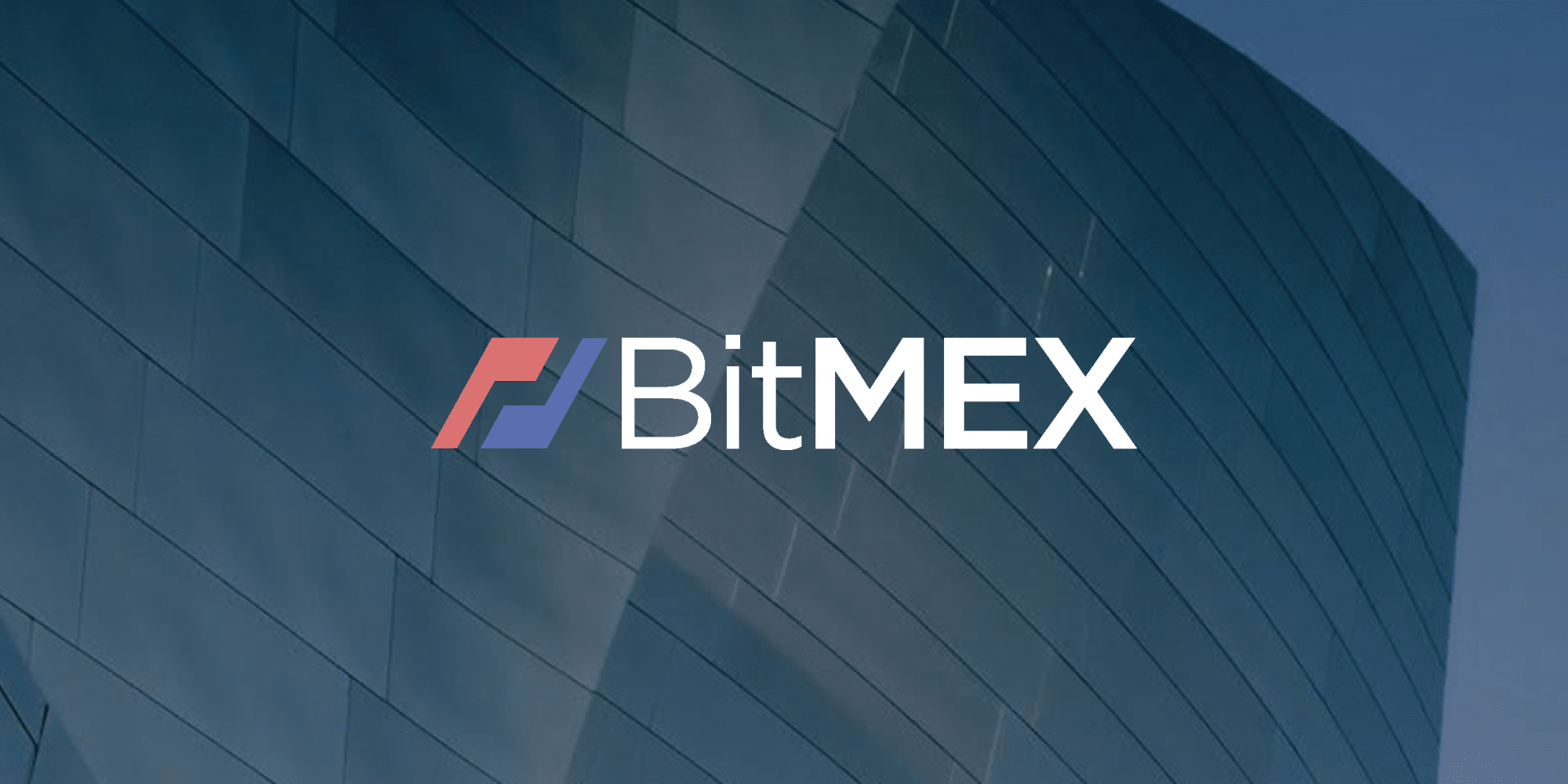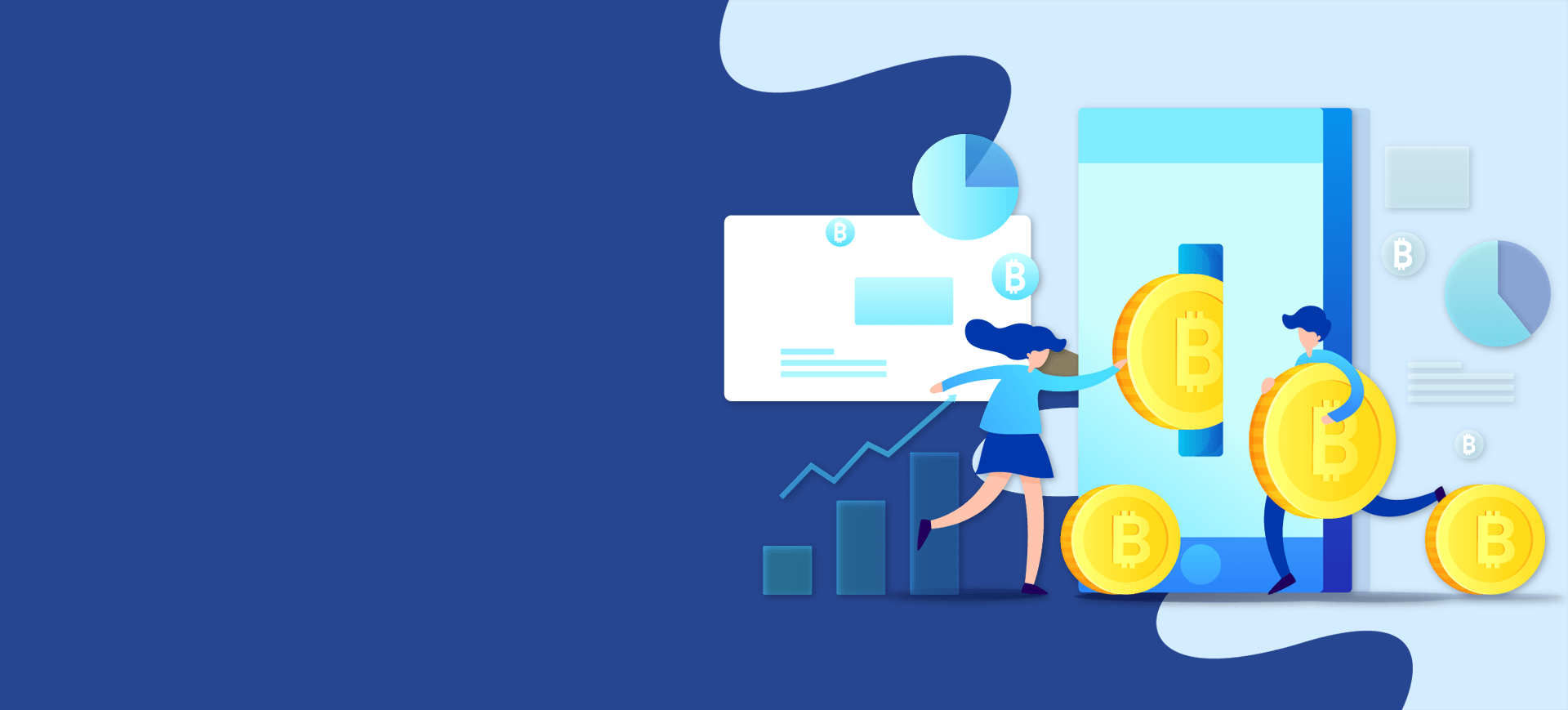
- September 12, 2021
The Most Popular Strategy in all Financial Markets?
Trading that actively seeks to benefit from short-term value fluctuations on a trading chart is called active trading. An actively traded approach has a different mindset from the protracted, buy-and-hold strategy used by investors who are passive or indexing. Short-term price fluctuations and catching the current market are where gains are earned for active traders.
The active trading approach may be achieved through different techniques, each with its own market conditions and associated dangers. The following are four popular active trading methods and the associated built-in expenses.
Make an account with the top 10 forex trading platforms to use proper strategies to make better trading.
Day Trading
While day trading may be the most well recognized active trading strategy, it's definitely not the only way to trade. Active trading is often referred to as a nickname for itself. Also known as short-term trading, day trading allows you to trade assets on the same day you purchase them.
All positions are filled inside the same day they're posted, and there are no positions left the next day. In the past, experienced traders including such professionals or market makers have done the majority of day trading. However, computerized trading has made this process accessible to traders with less expertise.
Position Trading
In certain circles, position trading is described as a buy-and-hold approach rather than an active trading approach. It should be noted, although, that position trading, when practiced by an experienced trader, maybe an aggressive trading strategy.
Using charts of at least a month or more in length, together with other indicators, you will be able to identify the pattern of the present market environment. Trades of this kind may go on for a few days to a few weeks, or longer, particularly in the present trend.
Traders that track trends search for higher highs or lower lows to identify a security's current trend. As trend traders hop on and ride the "wave," they hope to profit in both the up and downswings of the marketplace. While trend traders are more concerned with forecasting the market's overall direction, they do not predict any price levels.
The majority of trend traders, particularly day traders, enter positions after a trend has been formed, and once the trend reverses, they leave their positions. Because of this, trend trading becomes more challenging and its holdings are decreased during times of significant economic uncertainty.
Choose the best forex broker for beginners to pull out good strategies to make profits from forex.
Swing Trading
When a trend is interrupted, swing traders are almost always on the scene. When a trend has reached its conclusion, there will almost always be a period of market volatility while the new trend attempts to gain traction. Swings traders will purchase or sell depending on the price volatility that develops.
Trend transactions are kept for many days, while swing trades last less time. While swing traders tend to develop a set of market rules regarding technical or underlying research, they may also use rules created by others to get an edge.
The trading activity or algorithms used on this platform are meant to help an investor determine when to purchase and sell an asset. Swing trading does not require an algorithm to be perfectly accurate in predicting when a price move will peak or bottom out, but a marketplace that swings only in one direction is required. In a sideways or range-bound marketplace, swing traders are in danger.
Scalping
Active traders will often use one of the fastest trading strategies: scalping. In other words, it is detecting and taking advantage of rare transitory price discrepancies between buying and selling because of an imbalance in supply and demand.
A scalper will not try to take advantage of big price movements or carry out high-volume transactions. They hope to benefit from frequent, modest transaction volumes by profiting from those little movements.
Scalpers choose markets where trading volume is high and profit per transaction is low in order to trade more often. Scalpers favor calm marketplaces that aren't likely to see a rapid change in price.
Leverage the UK forex trader to make the best popular strategy in all financial markets.
Costs Inherent With Trading Strategies
There's a good reason experienced traders used aggressive trading techniques in the past. A broker-dealer inside the firm also reduces expenses and improves trade execution since it has complete trading control.
A combination of lower fees and improved performance increases the potential for profits.
Completing these methods usually necessitates the acquisition of significant gear and software. Actual market information, in contrast to these operating expenses, serve to significantly increase the cost of active trading for individuals.
Quiet and indexed methods provide reduced fees and trading expenses as well as smaller taxable occurrences in the case of disposing of a successful position since these strategies simply "buy and keep".
On the other hand, passive investment methods will never overcome the marketplace since they hold a large and diversified index. For active traders, the goal is "alpha", which is a trading profit that exceeds the expenses. This long-term approach is effective if it works like this.
Conclusion
Several of the techniques described above may be used by active traders. Even prior to deciding on implementing these methods, one should first look at the possible costs and dangers connected with each one.
Get the guide of the forex review and make the best pick out of the market for financial trades.



















